Bits & pieces vs. do the whole thing
Frankie_in_zone_7
18 years ago
Related Stories
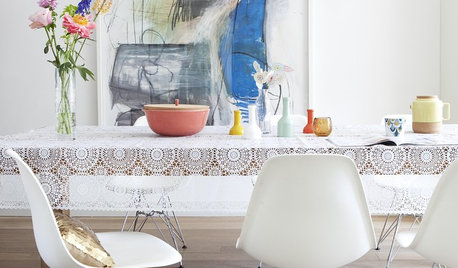
HOUZZ TOURSHouzz Tour: A Single Painting Births a Home's Whole Palette
The colors in this Netherlands home are picture perfect, with paint, furnishings and accessories to match a beloved piece of art
Full Story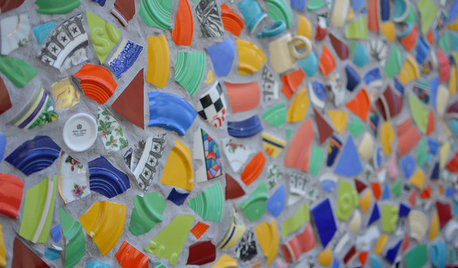
DECORATING GUIDESMosaic Tile Designs That’ll Thrill You to Bits
Whether you go for simple stones or imaginative expressions, a mosaic can turn any surface into a work of art
Full Story
DECORATING GUIDESSingle Design Moves That Make the Whole Bedroom
Take your sleeping space from standard to extraordinary in one fell swoop
Full Story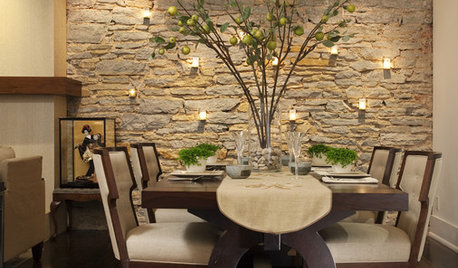
DECORATING GUIDESSingle Design Moves That Make the Whole Dining Room
See which touches elevated these dining spaces from satisfying to sensational
Full Story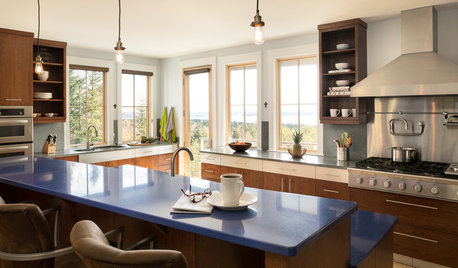
DECLUTTERING5 Ways to Jump-Start a Whole-House Decluttering Effort
If the piles of paperwork and jampacked closets have you feeling like a deer in the headlights, take a deep breath and a baby step
Full Story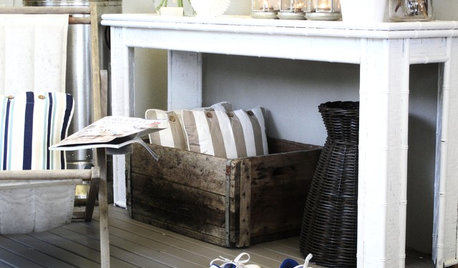
DECLUTTERINGClean Routine: Housework Strategies the Whole Family Can Share
Keep the peace while maintaining a tidy home, with these ideas to get all kinds of cleaning personality types in on the act
Full Story
BEDROOMSLet Your Headboard Inspire the Whole Bedroom
Whether you want the headboard to stand out or blend in, here are some tips for creating a beautiful and seamless sanctuary
Full Story
HOLIDAYSA Thanksgiving Tradition to Last the Whole Year
Looking for a thoughtful yet simple way to capture your family's gratitude? Grab a jar and paper
Full Story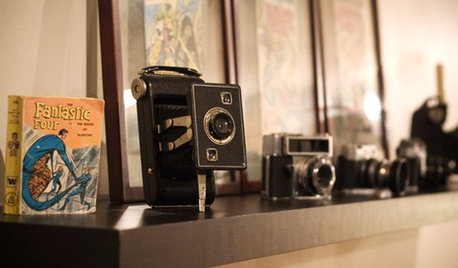
LIFEHow to Handle Inherited Things You Don’t Really Want
Whether you’ve inherited a large collection of items or a single bulky piece of furniture, it’s OK to let it go if you don’t need or want it
Full Story
COLORPick-a-Paint Help: How to Create a Whole-House Color Palette
Don't be daunted. With these strategies, building a cohesive palette for your entire home is less difficult than it seems
Full Story





tibs
laag
Related Discussions
a bit of thoughtful information on marking VS peeing
Q
I may have overdone things a bit...
Q
Are you ever a bit embarrassed to buy certain things?
Q
Do solid stone alcove tubs exist? Cast Iron vs Acrylic vs One piece
Q
mylubbock
Pam Honeycutt
Frankie_in_zone_7Original Author
catkim
outsideplaying_gw
Karen Mickleson
Frankie_in_zone_7Original Author
karinl
ytnok
wantoretire_did
janetpetiole
Brent_In_NoVA